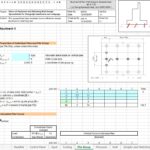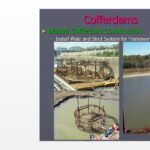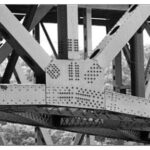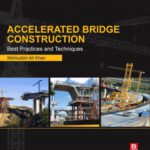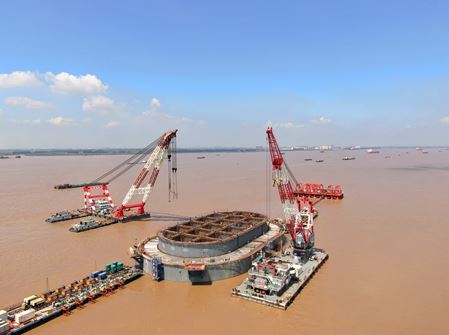
How Bridges Are Built Over Water?
20 June 2021Table of Contents
How Bridges Are Built Over Water?
Bridges are marvels of engineering that stand inconspicuously amongst us. We don’t think of them much even when we are passing over them. Nowhere are these structures more impressive then when the are built over water, which brings us to the question how are bridges built over water?
When the water is shallow, construction is easy. A temporary foundation is made on which piers are built to support the upper structure and the bridge is then built! It’s when the water is deep that other techniques are needed.
There are many methods to complete such as task in deep water but here we will explore the main three. These three methods of bridge building are called battered piles, cofferdams and caissons.
Battered Piles:
These are poles that are driven into the soil underneath the water. Piles are hammered into the water until the turn outward or inward at an angle. This makes the piles firm and increases their ability to carry lateral loads.
Piles are inserted in the ground using pile drivers. These are mechanical devices that may be transported to a location on a floating pile driving plant.
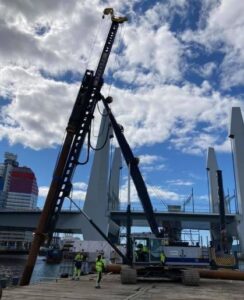
Battered Piles at a bridge project in Sweden
Pile drivers may also be cantilevered out over the water from piles that have been installed in advance. With the use of pile frames, pile hammers and winches, pile drivers hammer the piles into the soil until the turn outward or inward at an angle. The pile are now ready to carry lateral loads and can provide the foundation of support for the bridge.
The next step is to construct the pile caps above the piles. Once this is done, the bridge is ready to be built.
Cofferdams:
These are temporary enclosures made be driving sheet piling into the bed of a body of water to form a watertight fence. This is called the cofferdam. There is more to this bridge technique. Once the sheet piles have been inserted in the water to create a cofferdam, the water is pumped out of the enclosure.
Now, the construction workers can built the bridge as if the are working on dry land. The process then becomes relatively easy.
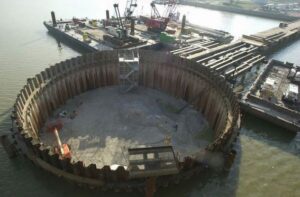
Cofferdam
Caissons:
There are two types of caissons, open and pneumatic.
An open caisson is a structure that is usually shaped like a box. It is open, at the top and bottom. The caisson is usually constructed on land then floated into position and sunk, so that the upper edge is above water level.
The caisson has a cutting bottom edge so that it sinks through soft silt on the bed. Inside is a series of large pipes or dredging wells. These are used to dredge up the bed material. As more material is dredged up, the caisson sinks and more sections are added to the shaft to keep it above water.
Once the caisson reaches the correct depth, concrete is laid to seal the bottom and then more concrete is poured into the caisson to form a solid post.
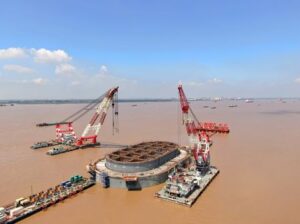
Steel Open Caisson
A pneumatic caisson is similar to an open caisson but it has an airtight bulkhead above the bottom edge. This is fitted with air locks. The space between the cutting edge and the bulkhead is called the working chamber. In this space, the water is removed using air pressure. Construction workers can then enter the chamber and excavate the soil.
It is important that the air pressure in the chamber be carefully monitored so the workers do not get the bends.
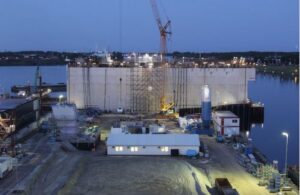
Pneumatic Caisson
But how do engineers pick which technique to use?
This all depends on the condition of the site and the technology available. These are important decisions to make that only exports can fully handle.

